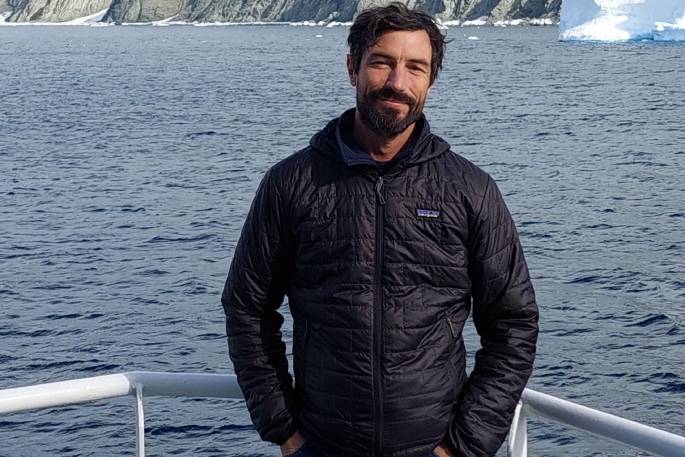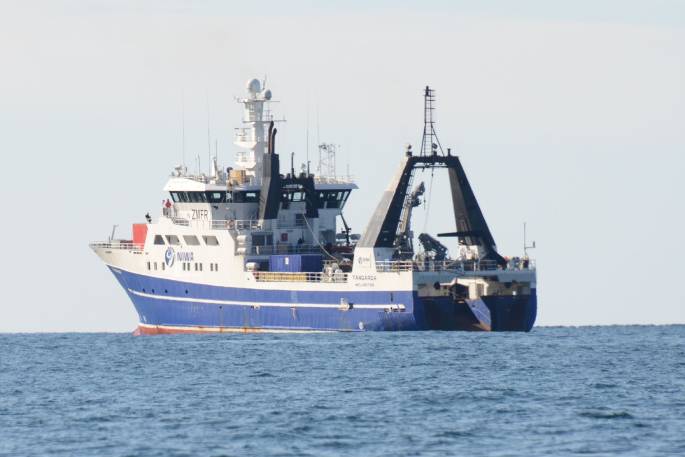Scientists from the National Institute of Water and Atmospheric Research (NIWA) have returned from a six-week voyage to Antarctica.
Their mission aboard the research vessel Tangaroa was to better understand the ecosystem and ocean physics in the Ross Sea, as well as assessing the impacts of climate change.
However, the usually arduous passage to the Ross Sea was surprisingly easy due to the lack of summer sea ice, which gave voyage leader Dr Joshu Mountjoy a sense of unease.
"There is an obviously dramatic reduction in summer sea ice that seem more apparent every year. Many of the ship's crew have been coming to the Ross Sea for over 20 years and are seeing big changes.
"A large focus of our work is collecting data to understand what happens to this Antarctic ocean environment as climate change starts to bite, and it's sobering to see the results first hand before we've even collected any data."
Twenty scientists and 18 crew travelled 11,500 km, beginning their journey in Wellington and going as far as 73 degrees south to the Ross Sea Marine Protected Area, which is the world's largest and drives some of the Southern Ocean's most abundant ecosystems.
The team processed 15,000 litres of seawater, took 25 hours of video footage of the seafloor, and collected over 5000 biological specimens.

Dr Mountjoy said that despite the low levels of sea ice, the mission was successful.
"It's great knowing that the data from this voyage will contribute to a broad body of critically important science. It will improve our understanding of the Ross Sea ocean currents and ecosystem and what impacts climate change will have in the future."
The team will now start analysing the vast number of samples and data that they gathered, while collecting further monitoring information over the next 2 years from 10 new moorings that they deployed.

"It really is a beautiful continent - the sheer scale and beauty is captivating. We navigated our way through sea ice floes, iceberg fields and pancake ice forming on the sea surface; we made 55 whale sightings, and saw dozens of penguins, seals and snow petrels.
"Many of the crew have been reading about early Antarctic explorers and being able to relate the landscape to their experiences gives a new appreciation of this icy world. The joke goes that after reading those stories, you never want your adventure to end up with you writing a book!"



0 comments
Leave a Comment
You must be logged in to make a comment.